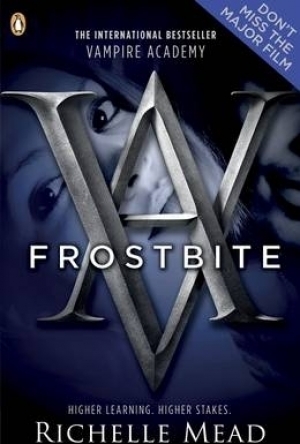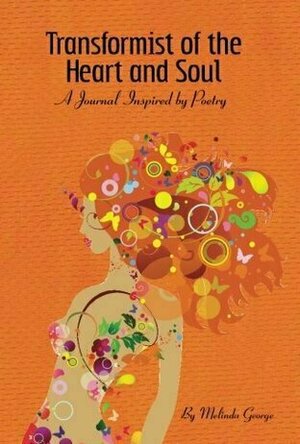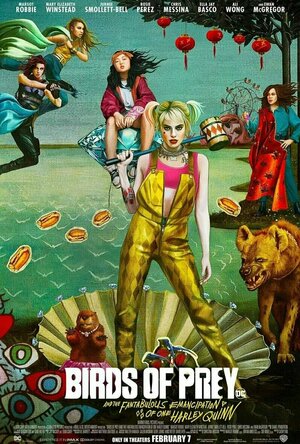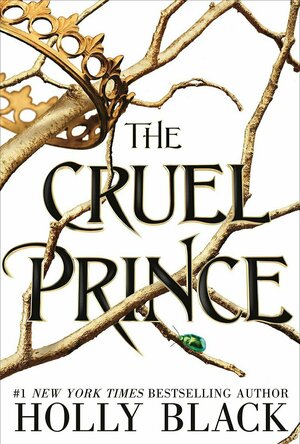Rachel King (13 KP) rated Frostbite in Books
Feb 11, 2019
Despite how Rose views Adrian, I actually rather like him. There is always something attractive about the flirty-jokester that entices women - afterall I don't know a woman who doesn't like to laugh. It's obvious that he really likes Rose and I find myself feeling sorry for him since Rose is definitely taken, even if not in the literal sense yet. Mason really ends up in the worst position, though, even if I don't include what happens to him in the end. Rose all but lies to him while he falls for her hard, all the while being the perfect gentlemen. In a way, Mason and Adrian are opposite in styles, and yet Rose is blind to both - not that I blame her, as she likes to say, "Dimitri is a badass." Why is it that female protagonists always seem to have hords of guys going after them? (Think - Twilight saga, Rachel Morgan series, Mercy Thompson series, House of Night series, etc.)
I wish that Rose's nazar could be explained a bit more, as there seems to be more to it than anyone is discussing. Adrian knows things that he is not spilling, and Janine sure is tight-lipped about most of her life, excluding what she does in the line of duty.
Hazel (1853 KP) rated Who Do You Love in Books
Dec 7, 2018
Who Do You Love</i> is the latest contemporary romance by the author Jennifer Weiner. Beginning in 1985 it tells the story of two contrasting characters up until the year 2015. Rachel was born with a congenital heart condition that resulted in her being hospitalized a number of times during her childhood. When she was eight years old she met an injured boy named Andy and struck up a very brief friendship. Later she coincidently meets him again during her teens, and the pair fall in love, resulting in an on and off long distance relationship over the following years.
Despite their love for each other, the two main characters come from completely different backgrounds. Putting her heart condition aside, Rachel had a fairly pleasant Jewish upbringing, with well off parents, a pool in her back yard, the chance to go to any college she wished to. Andy, on the other hand, attended a Roman Catholic school where he was constantly getting in to trouble for fighting when others teased him about his poor, single parent home life, or his deceased black father. However, regardless of their upbringing, Rachel grows up to become a fairly successful social worker, and Andy an Olympic athlete.
The reader gets the chance to learn about each character through the alternating points of view. Ultimately we wish that Andy and Rachel could live happily ever after together, but as we read, life and differences often get in the way. This will they, won’t they idea exists throughout the entire novel making the ending rather predictable, although not at all disappointing.
Personally I preferred the narrative toward the beginning of the story. It was interesting to read about Rachel’s heart problems, and Andy’s struggles growing up. Once they reached adulthood their relationship became more sexual, something that was written about in far too much detail.
<i>Who Do You Love</i> is the kind of book suitable for women to read over the summer, or anytime they have the opportunity to sit back and relax. It is not a quick read due to its lengthy chapters, therefore the less distractions the better!
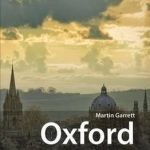
Oxford
Book
Oxford started as an Anglo-Saxon border outpost, with a bridge replacing the 'oxen ford' from which...
Night Reader Reviews (683 KP) rated Transformist of the Heart and Soul in Books
Jan 6, 2021
Follow one woman, possibly yourself through a discovery of self-love. Find acceptance and move on from damaging relationships with the aid of twelve heartfelt poems from someone who appears to have felt the same pain.
Once you feel ready the journal side of the book asks readers to write their thoughts in the form of poetry and to create daily mantras. For those wanting more you can create a 24 day gratitude list and write love letters to yourself. For the final aspect of the journal readers (or should I say writers) can glue or tape in images or since the squares are black use a white colored pencil to draw in ideas.
The poems are touching and probably relatable for a large number of people, as sad as that is. I also enjoyed how compact the book is, it is small enough to fin in a purse, backpack, or suitcase without taking up too much room. This book is more of a journal than an actual book. Only twelve poems are found in the 79 page book. The back of the book dose say it is a self-empowerment journal inspired by poem, but I wish there were more poems in it. It also would have been nice if the journal had some more specific writing prompts in it.
This book is directed mostly towards women. Specifically it seems to focus on someone leaving or recovering from a bad relationship. Readers should be prepared to or have a need to expose their hear and soul at least to themselves, which can be a painful process. I rate this book 3 out of 4. Over all the book/journal is very nice. I just with it had more poems and better/more specific writing prompts. The size of the book is nice for people on the go so they can write whenever they feel the inspiration.
Transformist of the Heart and Soul | Book| Austin Macauley Publishers USA
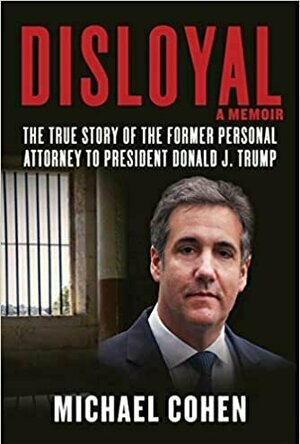
Disloyal
Book
This book almost didn’t see the light of day as government officials tried to bar its publication....
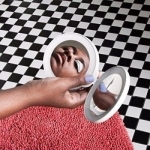
Dreams and Daggers by Cecile Mclorin Salvant
Album Watch
Grammy® Award-winning vocalist Cécile McLorin Salvant has had a remarkable rise to stardom in her...
jazz pop
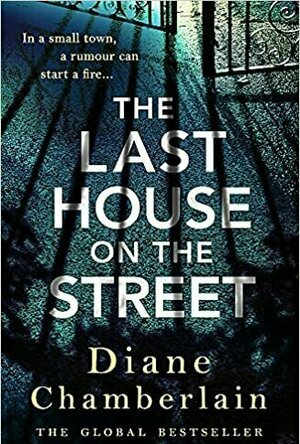
The Last House on the Street
Book
A small town divided by prejudice. A secret that won't remain silent... The stunning new novel...
Lee (2222 KP) rated Birds of Prey (And the Fantabulous Emancipation of One Harley Quinn) (2020) in Movies
Feb 8, 2020
When we join Harley, she’s just broken up with the Joker. A nice little animated intro, with voiceover from Harley, gives us a quick overview of her life from birth, through childhood and eventually to the point where her and Mr J part ways. She hasn’t made it public knowledge just yet though, for fear of what might happen when word gets out that she no longer has the Joker’s protection. Instead, Harley buys herself a hyena called Bruce, takes part in vicious roller derbys and spends her nights partying at the nightclub of Gotham crime lord Roman Sionis (Ewan McGregor).
Following an explosive public declaration of her relationship status - driving a big truck into Ace Chemicals, the spot where Harley first pledged herself to Mr J - Harley begins to find her life becoming increasingly entwined with that of the other Birds of Prey that will eventually make up the all-women squad. Renee Montoya (Rosie Perez) is a detective, in the process of investigating a series of murders by a crossbow wielding killer named Huntress (Mary Elizabeth Winstead) before the chemical factory explosion. Black Canary (Jurnee Smollett-Bell), a singer at Sionis’ nightclub and packing a voice powerful enough to shatter glass. And finally, young pickpocket Cassandra Cain (Ella Jay Basco). All of these women either have an axe to grind with men that treated them badly, or are currently being hunted by most of Gotham City’s bad guys. Their coming together, and subsequent emancipation, forms the basis of the movie.
That initial process involves a lot of time shifting and flashbacks while we are introduced to the key characters and plot points, before jumping back minutes, hours or even days in order to start filling in the narrative blanks. It’s messy at times and for the most part, it doesn’t really work either. Thankfully though, it’s a tactic that is ditched well before the halfway point.
The ‘Birds’ all have interesting back stories, and great potential in some cases too, but for the most part it’s Harley who is front and centre, stealing the limelight, and it never really feels as though we get to experience the others very much in comparison. Outside of the female leads, I didn’t really think much of Ewan McGregor and didn’t feel him to be a very convincing threat at all.
Birds of Prey is jam packed with creatively chaotic action and fight scenes from Chad Stahelski, who was responsible for the John Wick movies. They are confidently executed, at times cartoon-like, and usually accompanied by a kick-ass soundtrack.
I was initially going to give this a 6/10. But then I looked back at my rating for Suicide Squad and saw that was the rating I gave that. Birds of Prey is good, but not great. However, it is definitely a big improvement on Suicide Squad, so for that I give it a 7.
Kaysee Hood (83 KP) rated The Cruel Prince in Books
Jul 12, 2018
I'm guilty of reading reviews sometimes before the book so I was worried about the declarations of TCP being similar or a copy of A Court of Thorns and Roses, but after finishing the book myself I can say though I understand where someone may feel this way TCP is more based on folklore than ACOTAR series is. Once I was roughly 100 pages in I was wrapped into the story because it was based more on lore rather than taking pieces from it (not that I do not love ACOTAR, but lore and myths will forever hold a special place in my heart). It felt like it gave Black more to work with because the charms do work, the rules are heavily applied, and Mortals HAVE to be more cautious. It felt Jude had more at risk if she failed for herself because of what she wasn't.
I'm loving how more YA books are making these strong female roles with teenage girls and young women overcoming their own doubts, pushing through their fears to make things happen, and learning to trust themselves more than anyone else. Jude is very much becoming one of these characters throughout TCP and you're able to see the development from the beginning to end, which I suspect will occur more in The Wicked King as she attempts to work out the rest of her plan. Not only is Jude a good role model in this sense, it is also great writing skill to be able to show the progress of a character. Even other characters get a bit of development or at the very least you're able to come to an understanding as to why they are acting as they do rather than questioning it. Everyone who meant something for TCP were fleshed out and helped push the plot along.
Speaking of plot I was amazed by it. Even though I had sort of guessed what would happen and who the key players were in the end I had it a bit wrong, which was okay because I personally love surprises and twists. It was nice for a moment to believe something was happening with what information was given then at the very last second it was altered.
I cannot wait for more from this series. TWK seems too far away even though it's less than six months now. It appears Jude is getting more than what she bit off. I want to find out if she can make these promises, what her plan has cost her, and if she can convince the prince-the king- to do what needs to be done until the final phase can be played out. I want to know more of what happens to her sisters and brother. I want to know if Madoc will be an issue in this. There is a lot I'm wondering really.
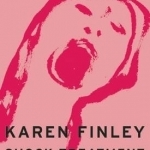
Shock Treatment
Book
-If you haven't read this book yet--buy it, take it home, and read it now! This is the work that...
